Architecture continued with an anthropocentric approach for a long period of time. The actions for the built environment are carried out by people and for people. The posthuman perspective is a wider understanding of bringing human, non-human; living, non-living; nature, and technology together. It emphasizes the need for a more holistic approach to design and construction, one which takes into account both human and non-human elements; other livings such as animals, nature itself as well as non-livings, all the objects that surround us, machines, and AI.
The human-centric design approach sees nature as a background and a resource for humans. “A tree is for a house and a landscape is for a window.” The posthuman discourse draws attention to the discussions about decentering humans as a subject and rethinking the conventional and developing relations between humans, the environment, and technology. It is questioning “what things do?” rather than “what things are?”. With the posthuman approach, architecture develops and will continue to develop by changing and accepting different subjects for the service. The practice widens by taking into account the technological advances and their inhumane effect.
With all these discussions, it is possible to examine posthuman architecture in two ways. The first is to see the subject of the service as posthuman; to think together with all living and nonliving beings without isolating humans from nature and their surroundings, and even to consider hybrid posthuman subjects.
The second is to add posthumans to the tools used by the architect. To create a design and aesthetics by using artificial intelligence, with the support of artificial intelligence and technology, with collective knowledge, apart from the understanding of a single designer. These two approaches are not entirely separate, of course. A different design practice for humans and non-humans with the support of computational design by evaluating both the user subject and the productive subject from a posthuman point of view is one of the points where the posthuman approach meets architecture.
Designing for Posthuman Subjects
The anthropocentric subject is known in the Renaissance for Da Vinci’s definition of the human subject through the Vitruvian man. With this sharp distinction, all animate and inanimate are marginalized except what is actually defined. The Italian philosopher Rosi Braidotti, on the other hand, defines posthuman subjects on the axes of becoming-animal, becoming-earth, and becoming-machine, borrowed from Deleuze and Guattari.
In this case, designs with a more than human approach contain examples that are considered together with/for the subjects mentioned in the concept of posthuman. The fine line at this point is the previously mentioned main question “what things do?”. The question emphasizes the importance of evaluating coexistence such as with nature not as adding green roofs to buildings, but as trying to understand the workings of nature.
The Birds and Bees are facade panels that aim to provide the nests of birds and bees, the opportunity to co-exist in buildings that are built by taking their nature. The situation of separating the human-made buildings for fear of external factors brings a sharp distinction between living in cohabitation with different living things. Harrison Atelier’s The Birds and Bees is a speculative project that rethinks this distinction and demonstrates that design to coexist is possible.
Feral Surface is a project on walls that prevent the permeability and the existence of different living things in the built environment. The project, which aims to co-exist with posthuman subjects, aims to increase the biodiversity in the city. This speculative project proposes walls designed with spaces left in mind for possible creatures, instead of the completely closed and void-free concrete walls encountered in the city.
Biodiver[c]ity is a hypothetical city project designed with cyclical design principles to increase biodiversity, considering suitable conditions for humans and non-humans. It can also be said that in this project, the buildings with the usual city image exist as machine-being subjects with their various cyclical operating systems.
The title of designing for posthuman and the examples given are about the coexistence of human-being and animal-becoming subjects, but the issue of being designed by humans can also be discussed. It is possible to reach ethical discussions of human dominance in such designs.
Designing with Posthuman Subjects
Another perspective that the posthuman approach brings to architecture is the change of the producing subject. An approach is to change the sole-designer understanding of conventional architecture and to produce posthuman designs with the help of changing and developing technology, collective consciousness, and artificial intelligence.
Posthumanism portrays technology as another to be accepted. Technology evolves into a superior model of information processing that humans aspire to. The posthuman perspective reimagines the human being in order to make it more compatible with computerized systems or potential artificial intelligence.
Artificial intelligence has already begun to be seen as a collaborator in the practice of architecture, where it is increasingly criticized for putting a single person in the center as well as putting the human being at the center. Since the beginning of history, human beings have continued their lives with various inventions – from cutting tools to kinetic tools – showing that they are actually intertwined with the definition of posthuman. Rapidly developing technology enables an architectural practice with artificial intelligence and infrastructures that can be posthuman subjects today. This technology, which enables the use of a collective knowledge store, brings us together with unique productions and a different aesthetic understanding.
The discussions about the posthuman approach are increasing and it is an important phase because we are living in a time where the boundaries between human and non-human entities are blurred. This approach, in which humans are removed from the throne that they have been sitting on for a long time, also affects architecture, which is responsible for the built environment, from different angles. Productions in which the posthuman approach is adopted are not far away anymore. Animate and inanimate, human, animal, nature, object, machine, and technology; the importance of co-existence continues to be emphasized in the process where cultural dualities are blurred.




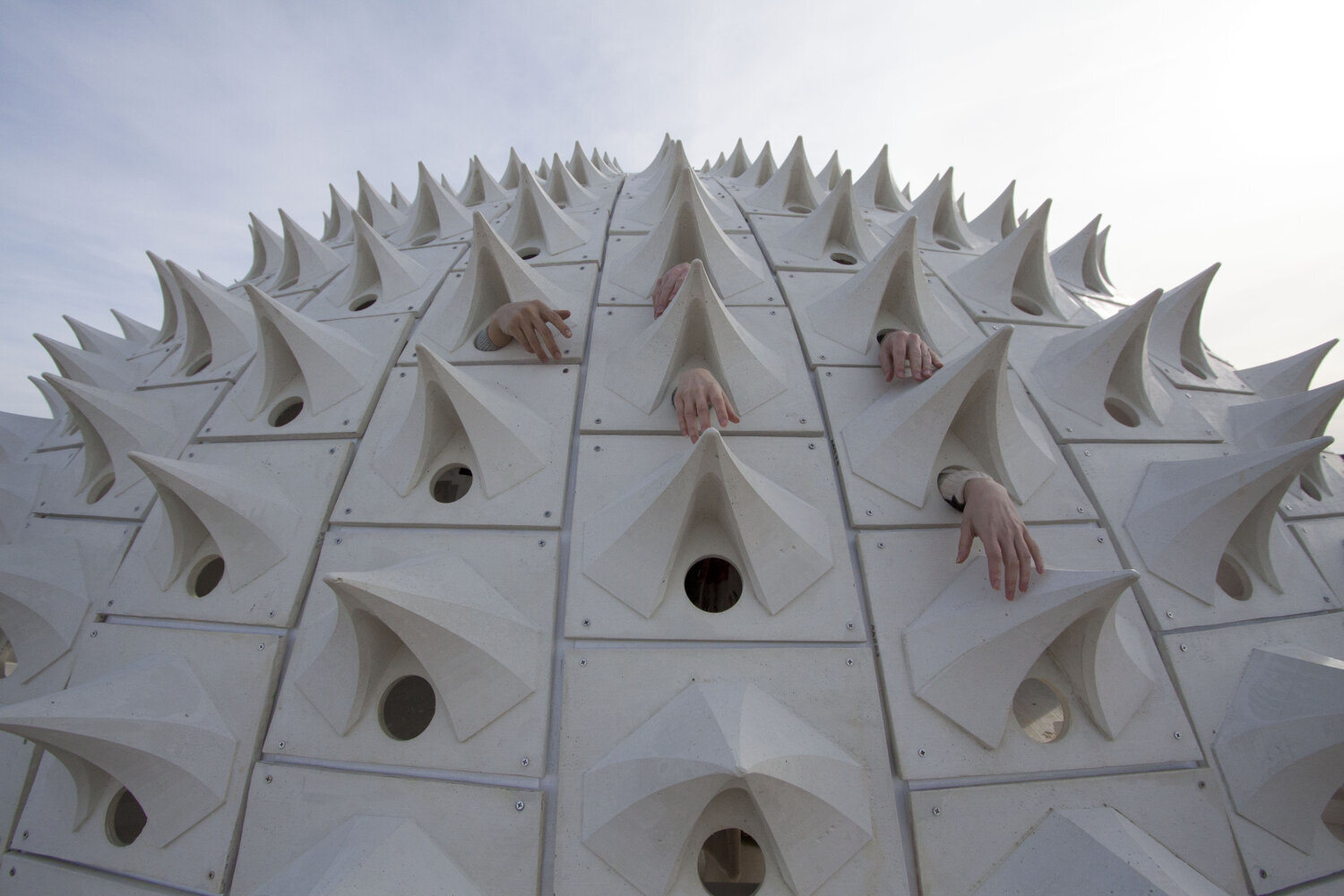

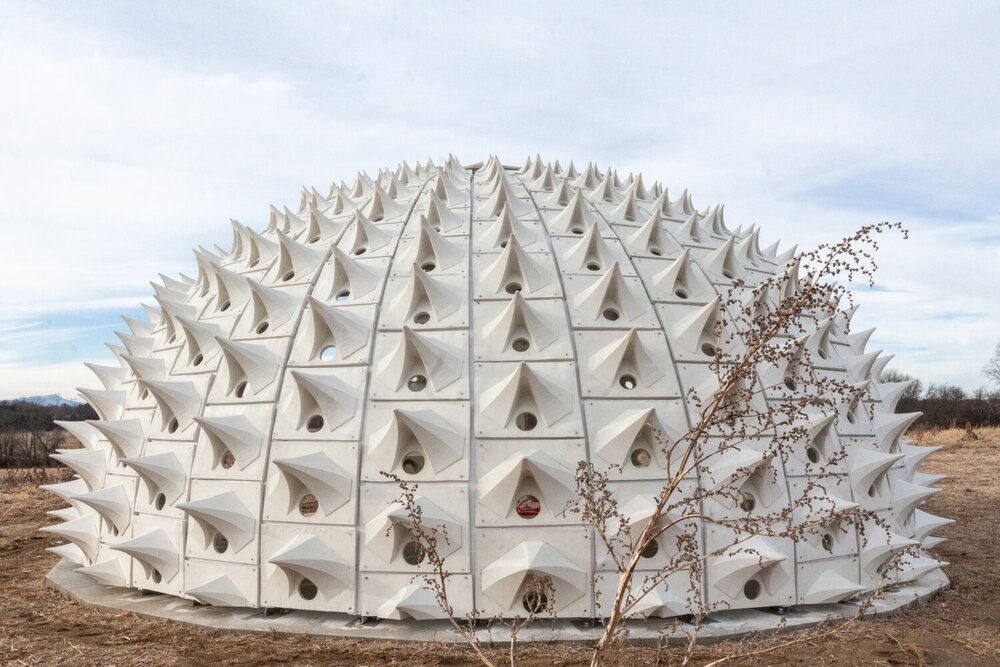
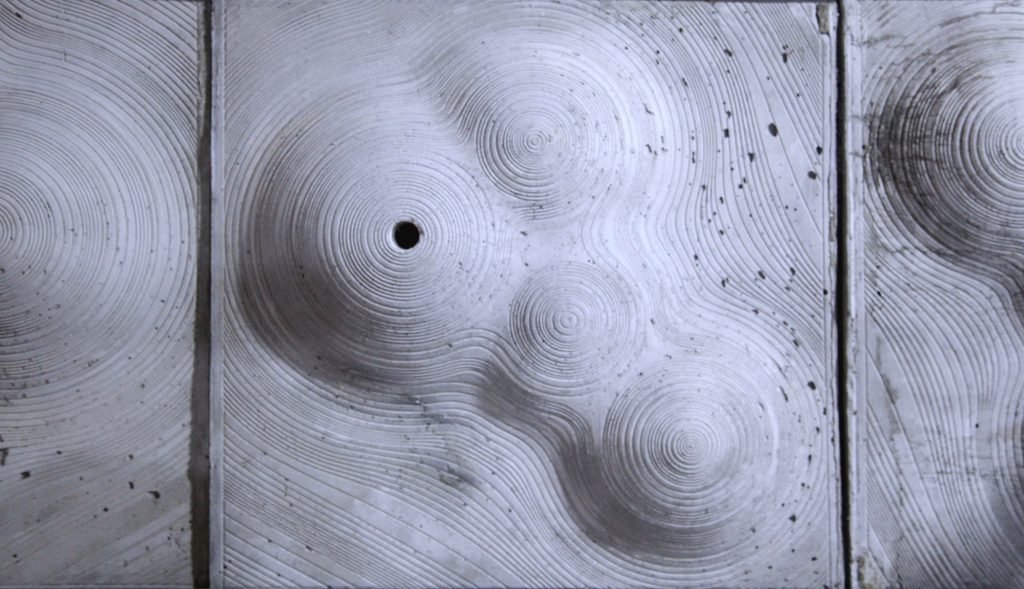
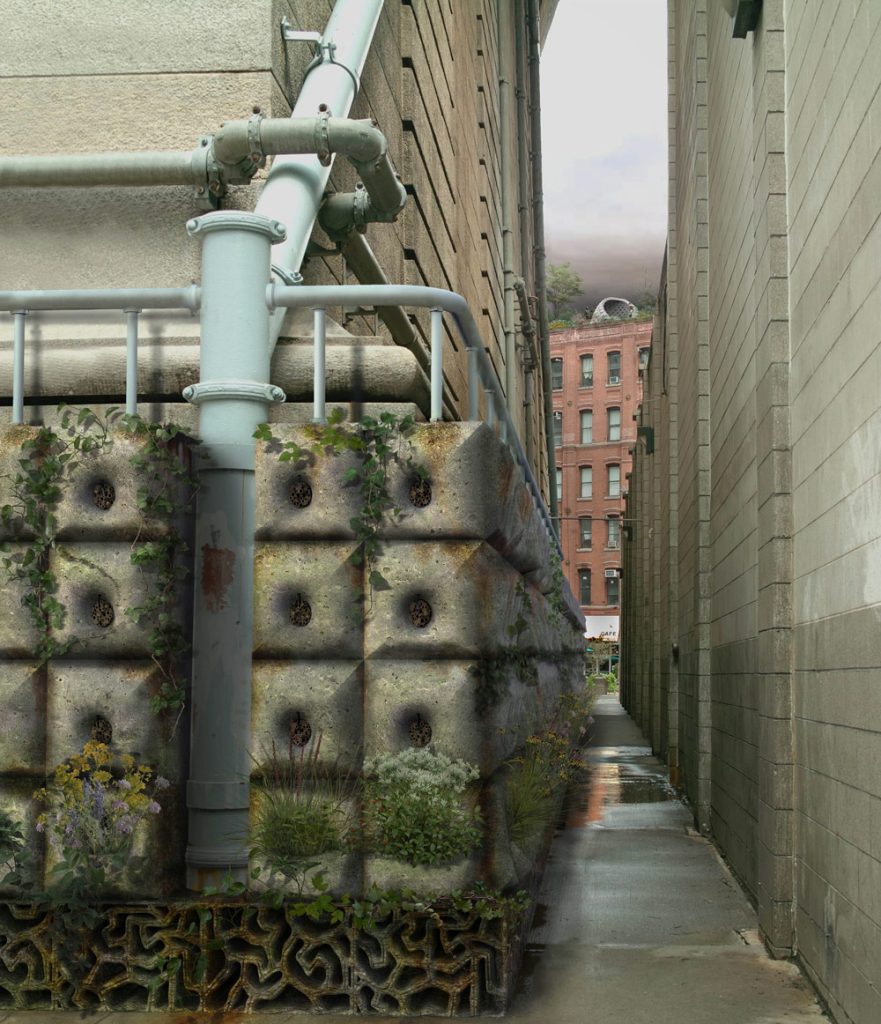
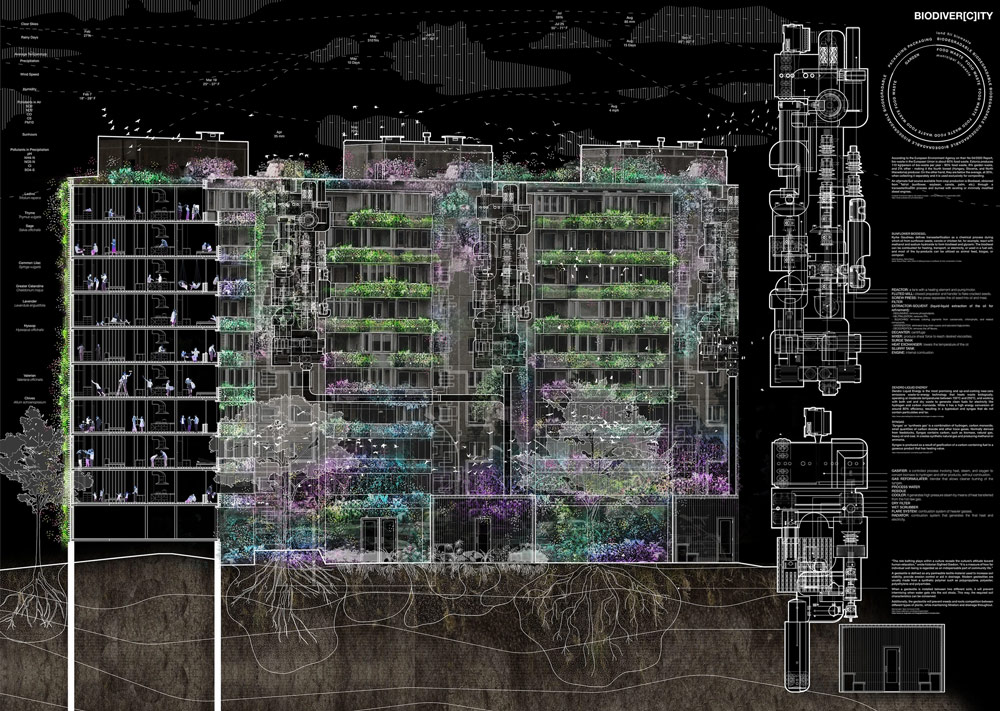
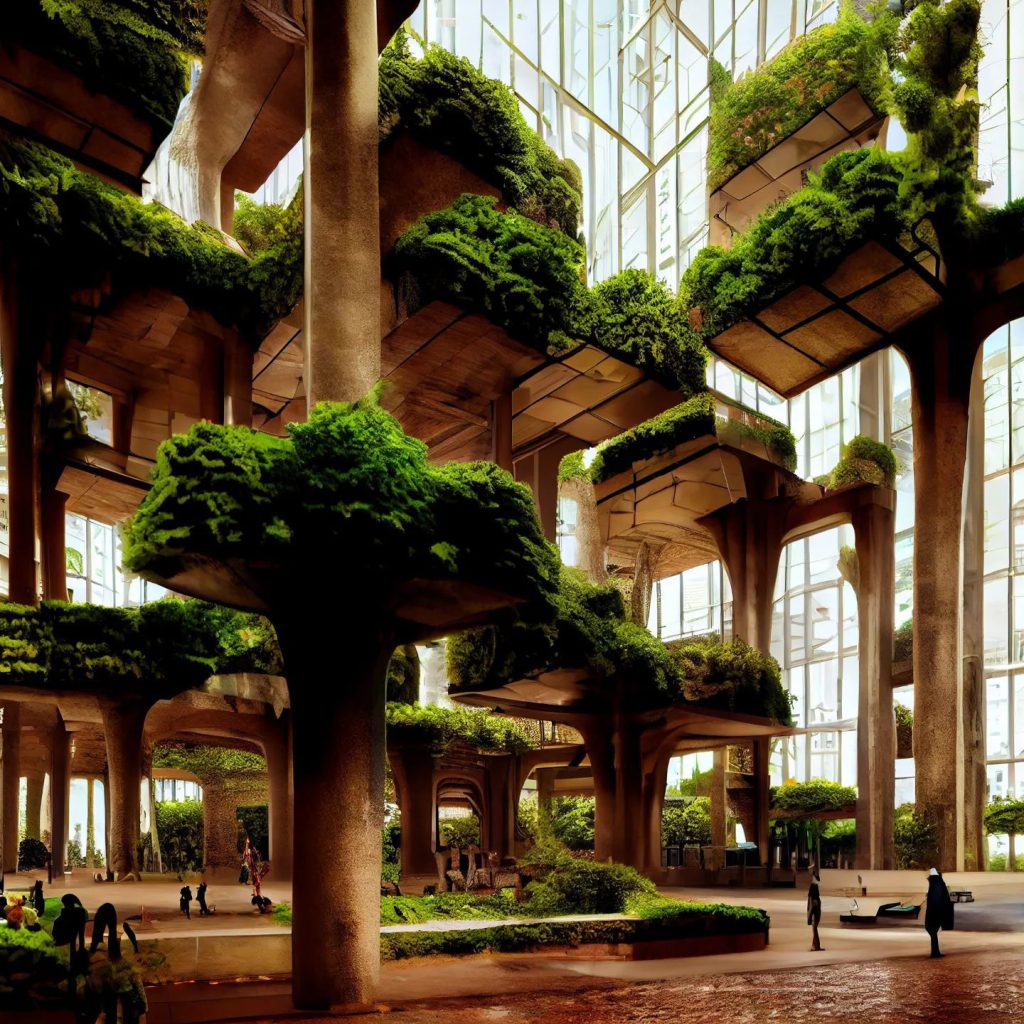
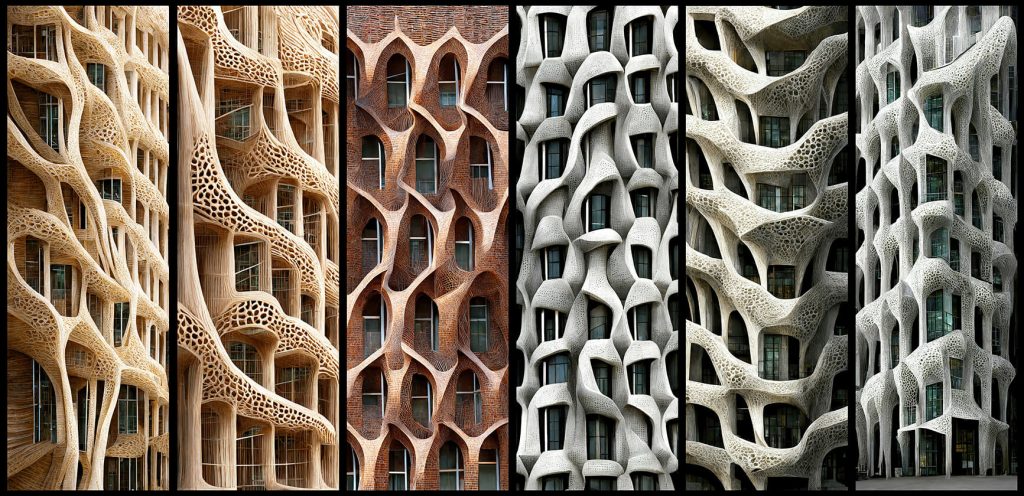














Leave a comment